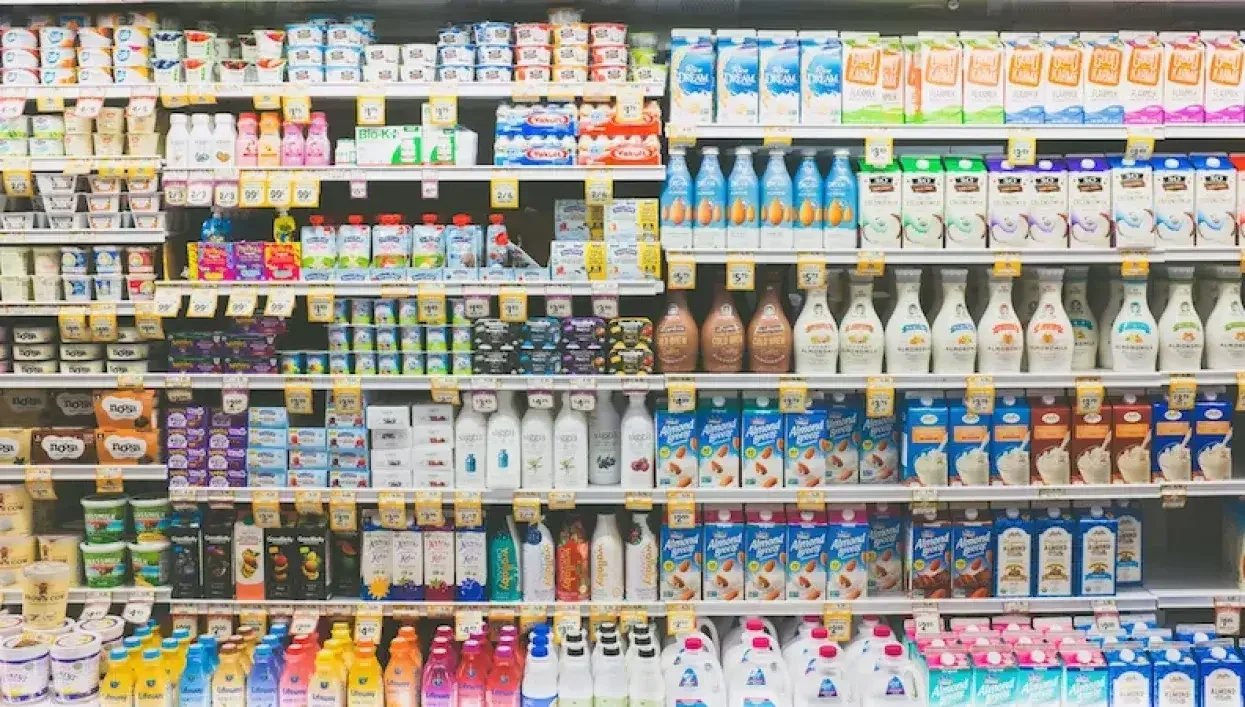
It’s hard enough getting to grips with carbon footprinting, but that is only a small part of the environmental impact calculation.
In 2018, regulators and shareholders in mature markets are sharpening their focus on the life-cycle environmental impacts of products. This will impact all parts of the graphics supply chain, from design to procurement. At least it will in markets where political leaders take seriously their environmental responsibilities, such as China and the European Union.
Taking a more robust approach to life-cycle environmental impacts will not be easy: the process is complicated and unfamiliar so it involves time and effort. It also involves a steep learning curve which will be difficult for many companies operating in the graphics industry.
There are tools available to help and large organisations such as HP, Kodak and Ricoh with a history of environmental commitment are already on track. ISO 14025 is one of the tools available. This standard lays out the principles and procedures for developing environmental declaration schemes, whereby data relating to a product and its life-cycle are collected.
An Environmental Product Declarations (EPDs) is an environmental declaration that meets the requirements of ISO 14025. An EPD confirms that all relevant life-cycle environmental data has been collected in accordance with the requirements set out in the standard.
EPDs are voluntary declarations that can be fairly compared because they are based on common requirements, so they can be used in a competitive context. Manufacturers serving the graphics industry can use EPDs to communicate product life-cycle impact information, but also to distinguish their products in the market.
There will obviously be a cost associated with doing this, not least for training people so that they understand what an EPD is and why it matters. Other costs will be in time and resources to collect the data, which can be considerable for complex products such as printing presses.
But these declarations and the associated investment matter: EPDs are independently verified which enhances their commercial and competitive value. When based on the same reference product types, EPDs can be used to directly compare the life-cycle environmental impact of those products. This could be for printing plates, presses, inks or publishing and production systems, although these last two could be a bit of a challenge.
But for printers and publishers developing EPDs for printed products, the process is relatively simple. An EPD for print would clearly demonstrate that a printed product has a positive life-cycle environmental impact: it can readily be recycled, and you don’t need any energy to use it. This much we know. More important is the development of EPDs for production equipment and that is the challenge for 2018.
Source: This article was produced by the Verdigris project, an industry initiative intended to raise awareness of print’s positive environmental impact. This commentary helps printing companies keep up to date with environmental standards, and how environmentally friendly business management can help improve their bottom lines. Verdigris is supported by the following companies: Agfa Graphics, Spindrift.click, EFI, FESPA, HP, Kodak, Kornit Digital, Ricoh, Splash PR, Unity Publishing and Xeikon.